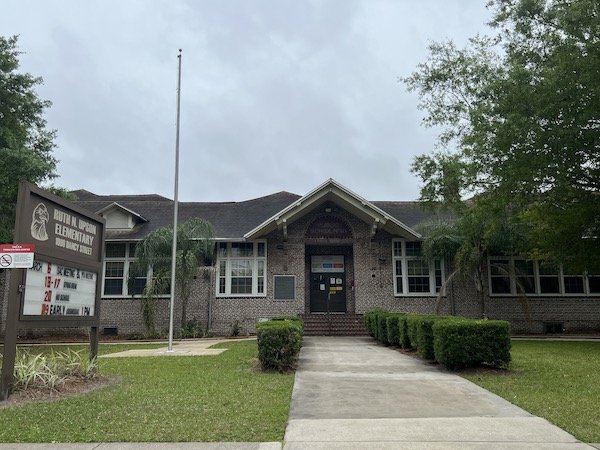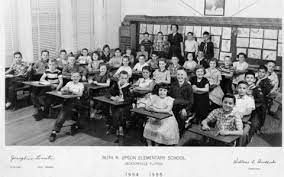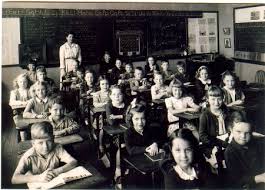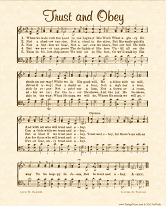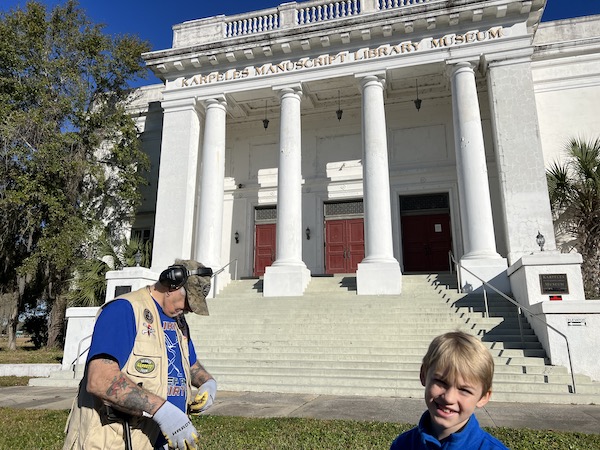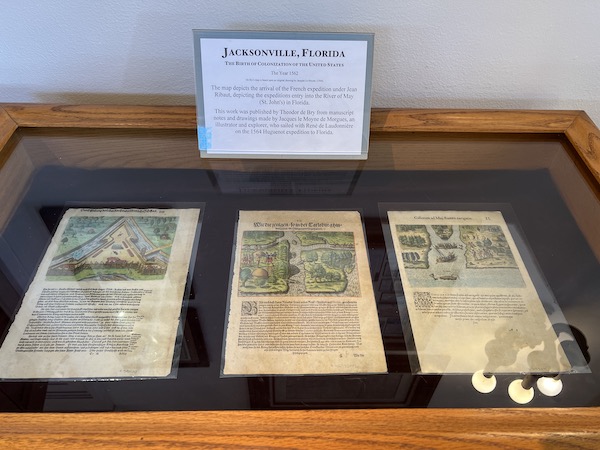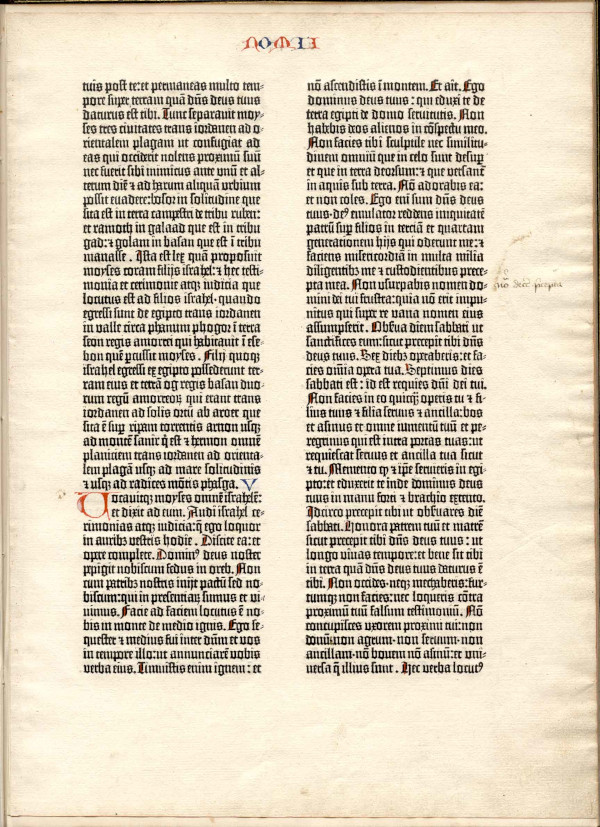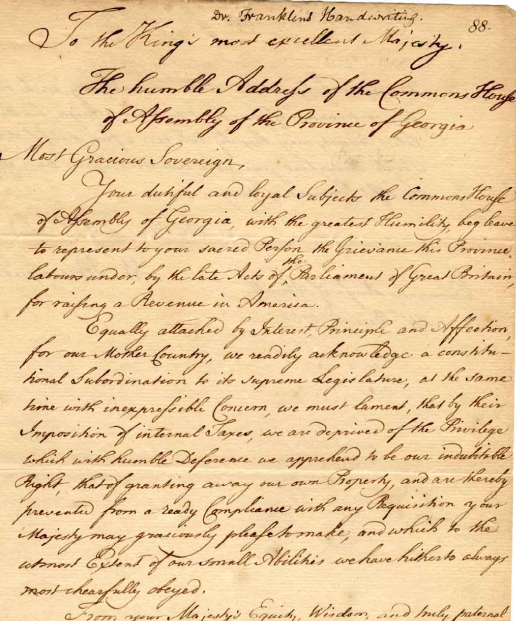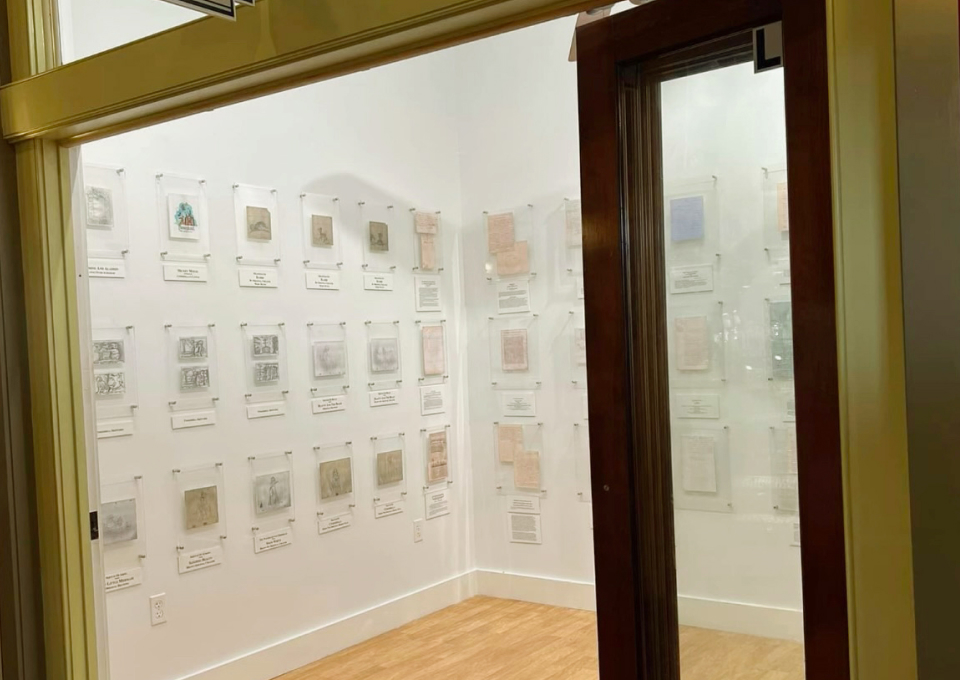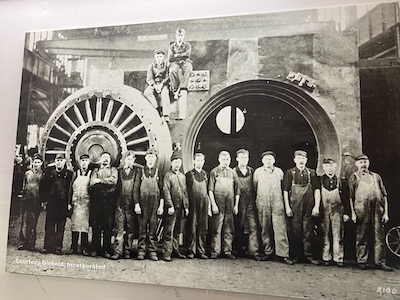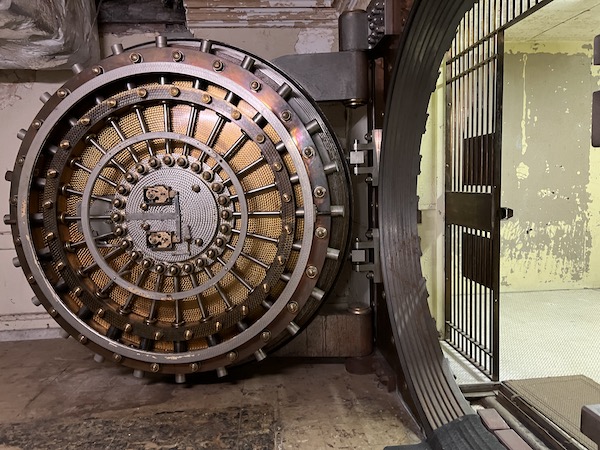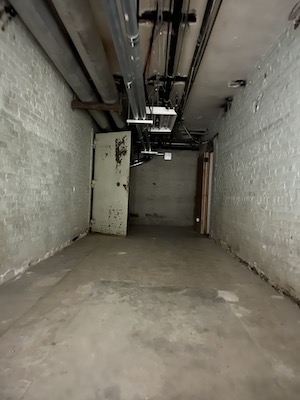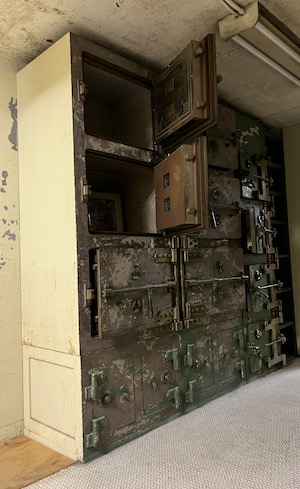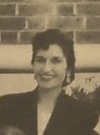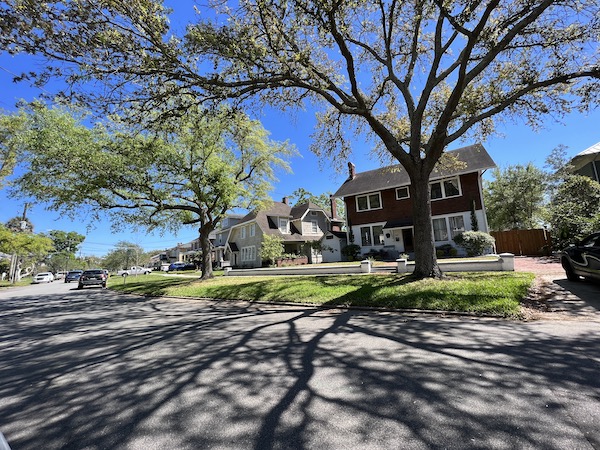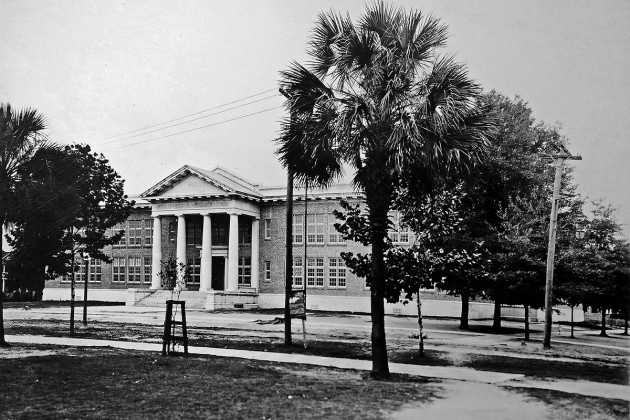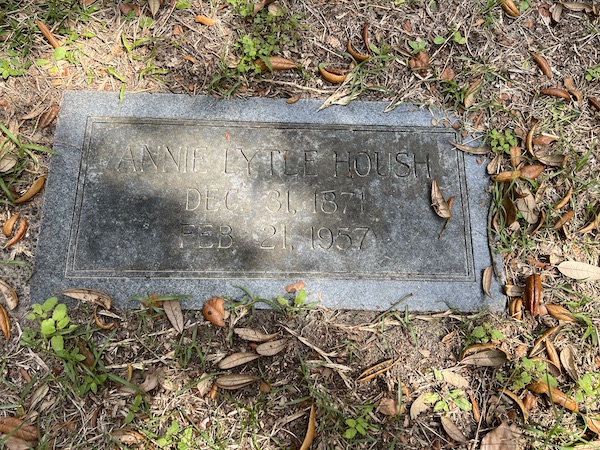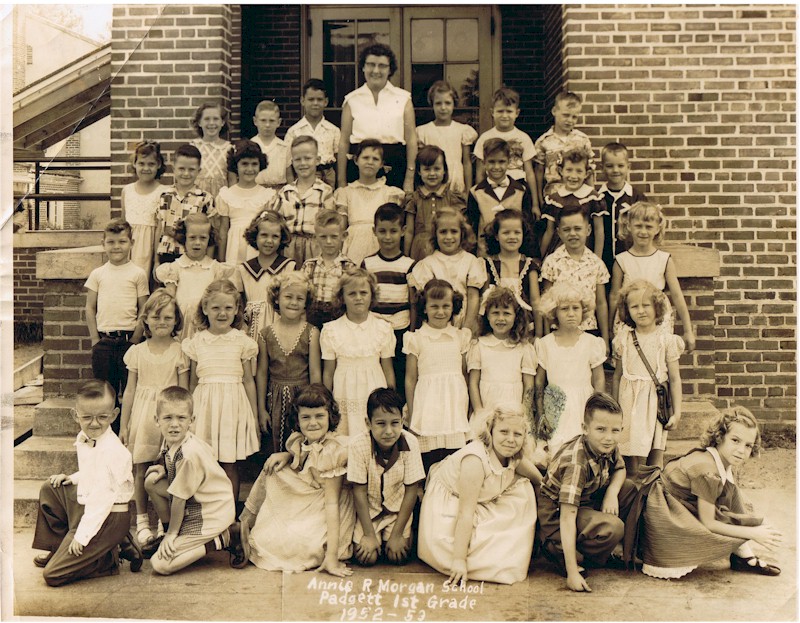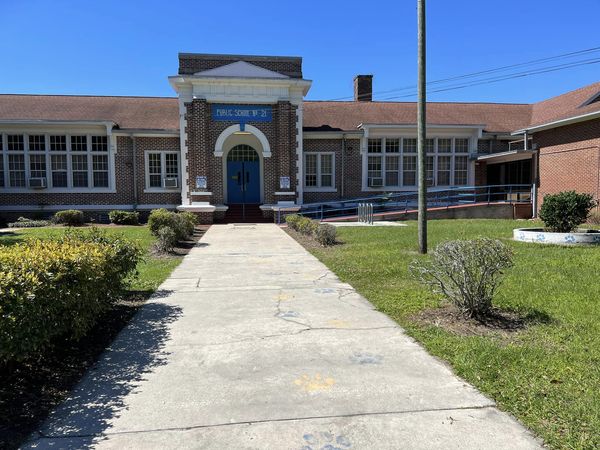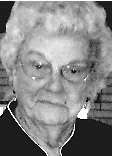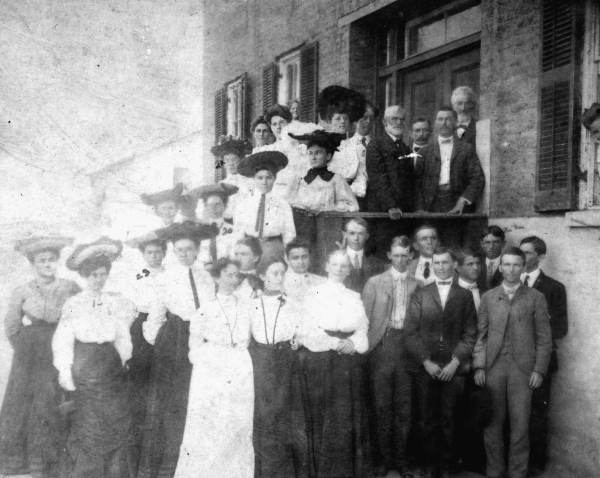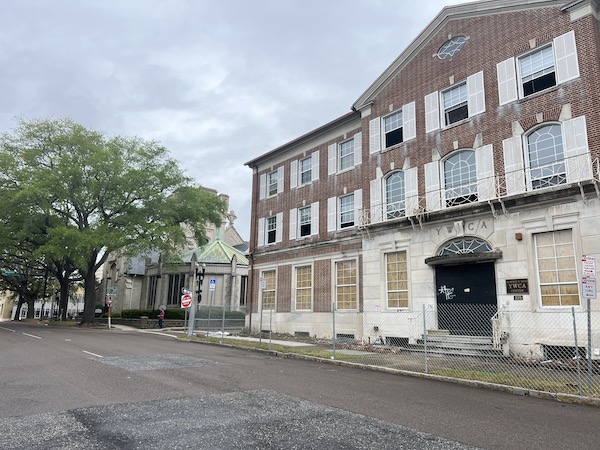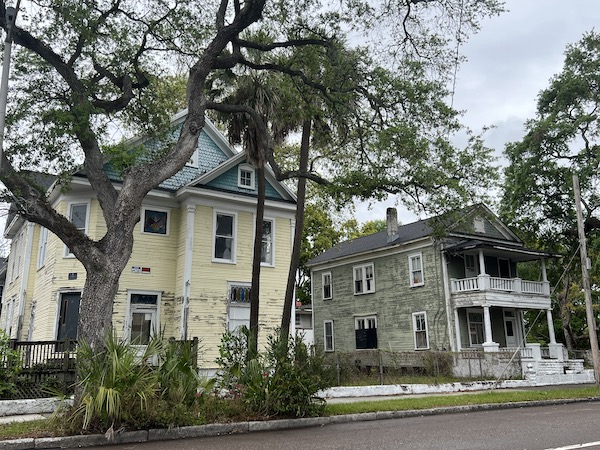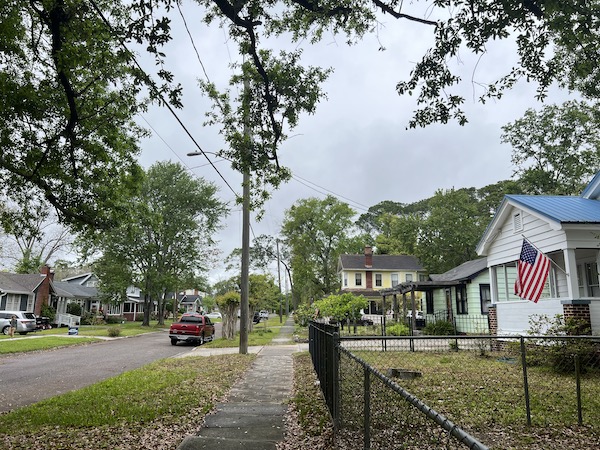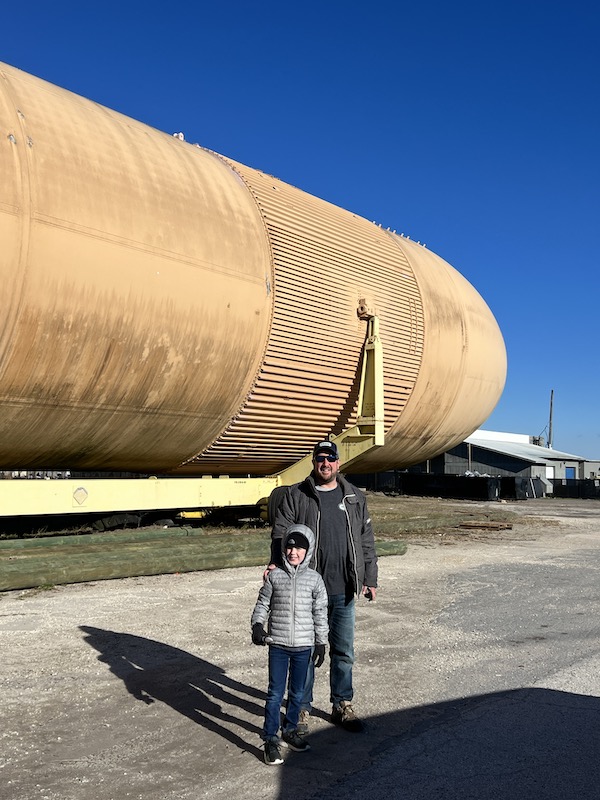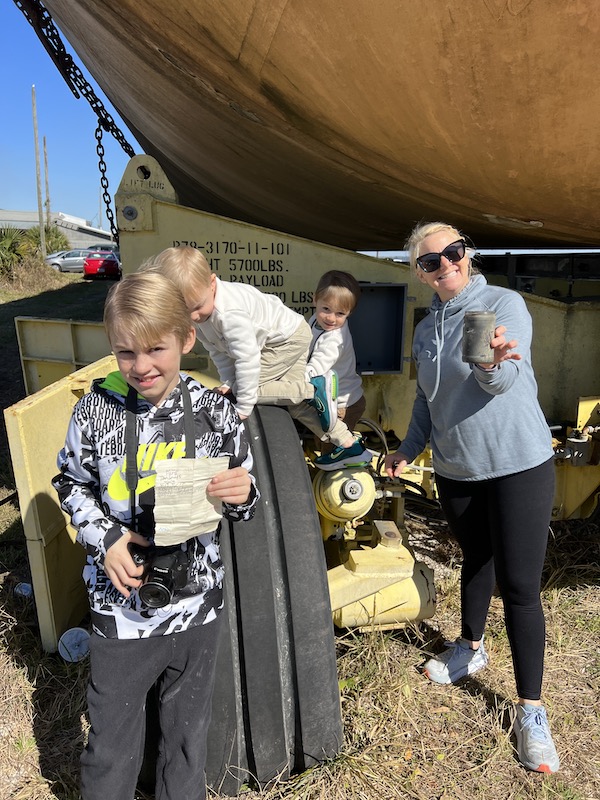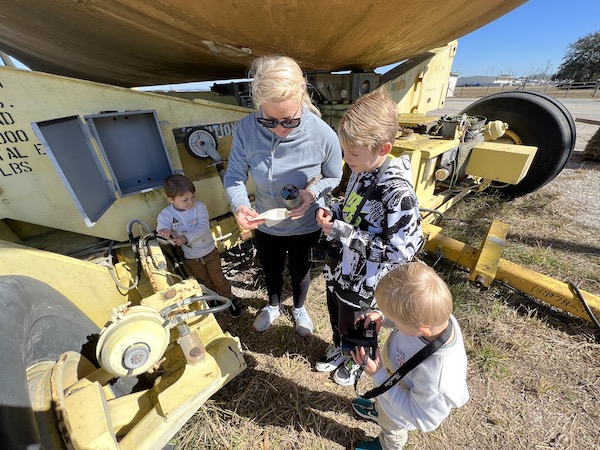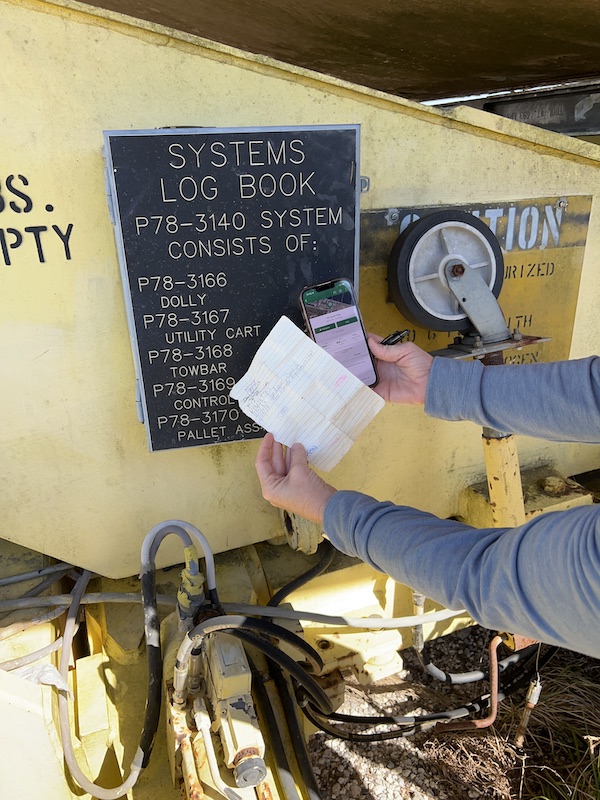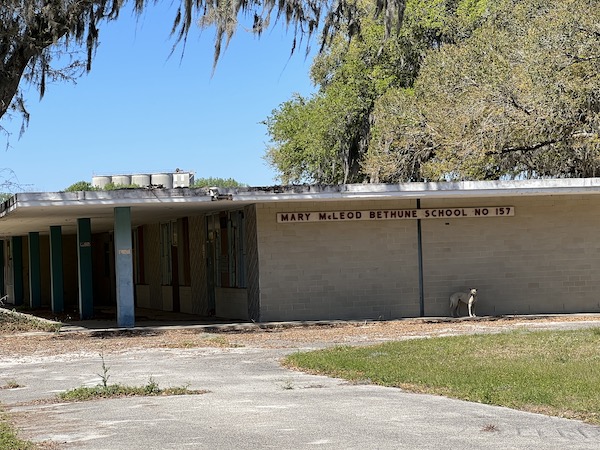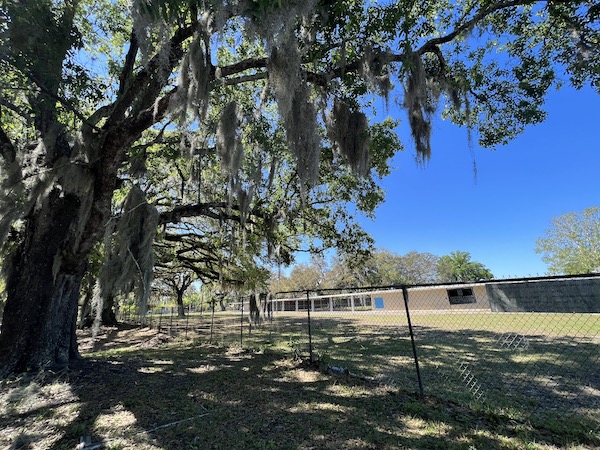The Kiss of Life- For Real
His famous photograph called the “Kiss of Life” was labeled “dramatic” and it was. Rocco Morabito was a Jacksonville Journal photographer for 42 years beginning in the late 1960’s. The Florida Times Union reported that his daughter said “he smelled of newsprint”. He was a “hawker”, selling newspapers before he was even a teen. When I met him he was still offering his gifts by sharing with my 4th grade class his Pulitzer Prize winning photograph. He brought with him newspapers, his Rollieflex camera, and his prize-winning photograph, “The Kiss of Life”. He lined a string of photos from that monumental day up on the chalkboard and explained the event moment by moment. It was truly dramatic.
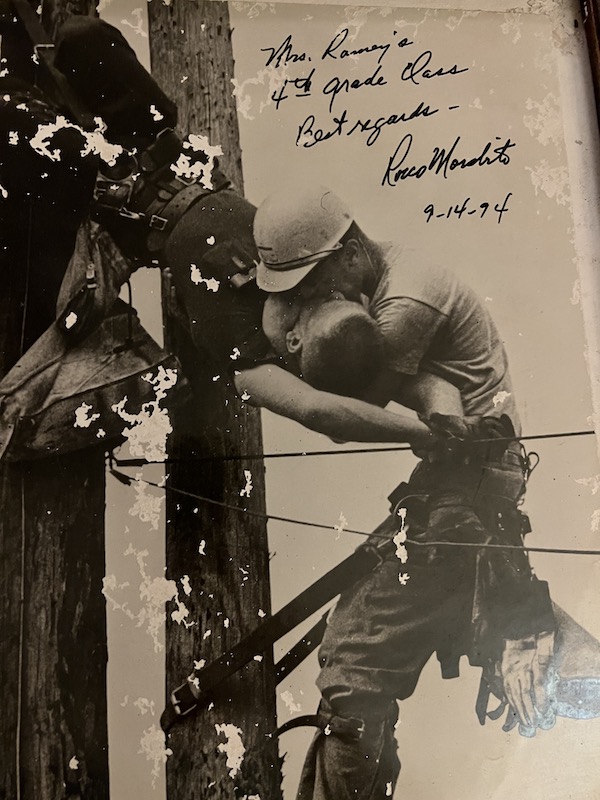
After 27 years, he was still willing to spend time with the community. On that Wednesday, he gave me an 11 x 14 sized photo and even signed it.(The photo was damaged by moisture in storage after retirement). All of the children celebrated this exciting event in the life of this man. He shared the event so real that we each felt as if we had been a part of it and in a sense, we had. Life lessons in real time.
Morabito had taken this famous photograph July 17, 1967 after leaving a photo shoot for the Journal and on his way back to the newsroom. He explained to the Greenland Pines Elementary students on September 14, 1994 that he was always looking for the next photo, the next story, the next opportunity to put into print some important event using his camera to preserve history. On that July day, he did just that. He not only preserved an iconic moment but he helped save the life of a JEA worker, Randall Champion by using his car radio to bring an ambulance to the scene. That event on that day forever changed the lives of at least three men, Champion, J.D. Thompson and Rocco Morabito.
On that day in 1967, Morabito was on West 26th Street in Jacksonville, Florida, when he saw a JEA linesmen high in the sky working an electricity pole. He explained that before he could hardly park and get out of his car one of the linesmen yelled at him regarding a dire situation with his co-worker who was dangling from the next pole. Morabito radioed a dispatcher who sent an ambulance.
Meantime, J. D Thompson gave mouth-to-mouth resuscitation to Randall Champion saving his life. Morobito took photographs of the event. In my view, God had something else for Champion to do. He lived for over 35 years past that day.
Rocco Morabito went to school in Jacksonville, graduating from Andrew Jackson in 1938. He served with the Army Air Corps in 1943 serving as a sergeant. He was a Jacksonville photographer for over four decades.
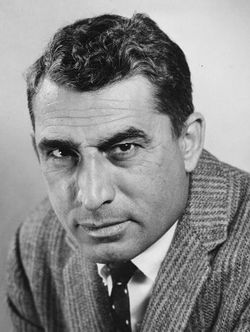
Mr. Morabito won a Pulitzer Prize for his incredible photograph. It was called “The Kiss of Life”. This photo has been published and printed world-wide. It was on the wall of my classroom until I retired in 2012. He also won the hearts of the children with whom he shared his incredible story. I personally was touched and will forever be grateful for his time with us.
Rocco Morabito died on April 5, 2009 and is buried in Evergreen Cemetery, Jacksonville, Florida.
See you tomorrow,
Nan
